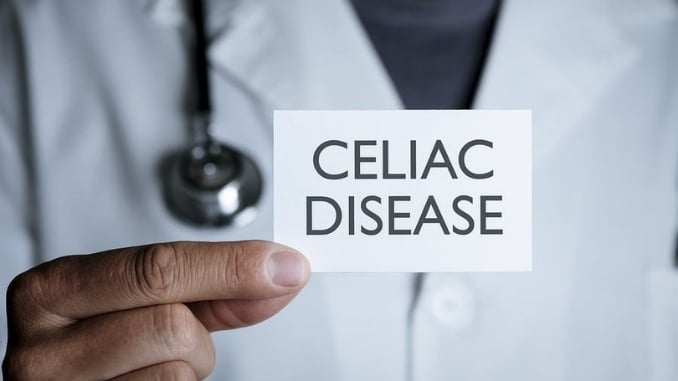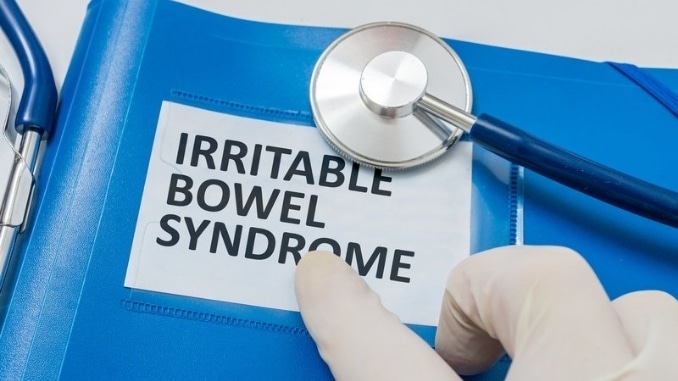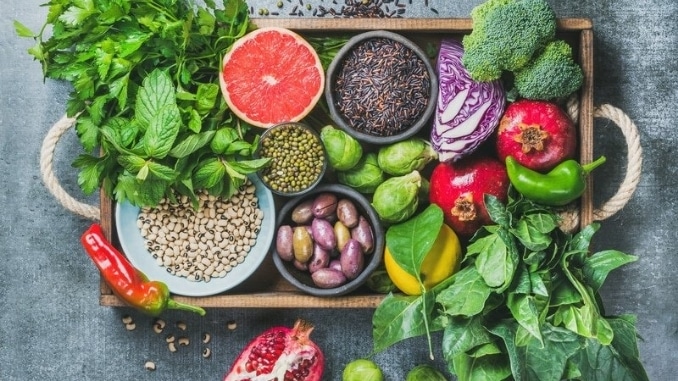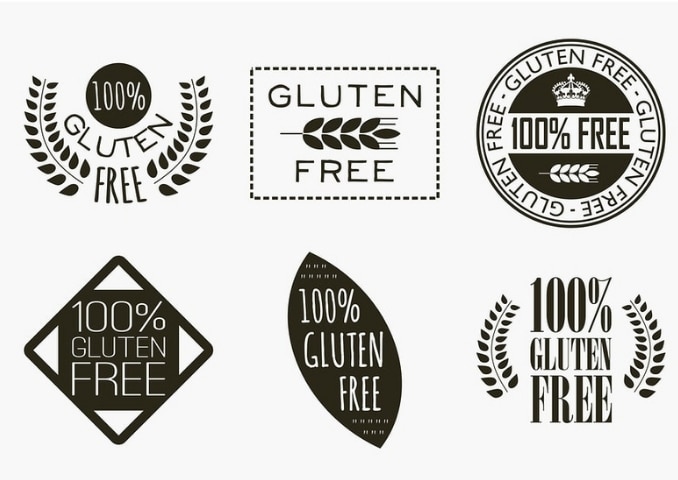
In recent years, the gluten-free diet has been adopted by millions of people around the world. The gluten-free diet is a way of eating that’s free of all gluten-containing foods like most types of bread, pasta, cereal, crackers, cookies, and pastries.
What Exactly Is Gluten?
Gluten is the protein found in wheat, barley, and rye. While oats do not contain gluten, oats are often grown and processed alongside wheat crops, which means they are contaminated with gluten unless they’re processed in a dedicated, gluten-free farm and facility.
Gluten binds ingredients together in our foods and helps those foods hold their shape, such as the way a muffin maintains its shape after it is baked and cooled. In bread, gluten affects the way it rises and how elastic the dough remains through the rising and baking. Nearly all of the protein in bread comes from gluten in the wheat.
In pasta, gluten is the component that provides a firm texture. Durum wheat is a hard spring wheat variety that is normally used in making pasta because of its high gluten content.
Gluten is also the main ingredient in seitan, a high-protein, vegan meat substitute. Gluten is added to other meatless items like veggie burgers and vegan sausages to provide structure and protein.
Is Gluten Unhealthy?
By and large, most people can eat gluten-containing foods with no problem at all. Nonetheless, there are certain individuals who should avoid foods that contain gluten.

Celiac Disease
According to the Celiac Disease Foundation, “Celiac disease is a serious autoimmune disorder that can occur in genetically predisposed people where the ingestion of gluten leads to damage in the small intestine. It is estimated to affect one in 100 people worldwide.” People with celiac disease must avoid any foods that contain gluten or are contaminated with gluten.
Symptoms of celiac disease include gas, bloating, diarrhea, skin rash, canker sores in the mouth, fatigue, unexplained iron-deficient anemia, and weight loss. Celiac disease is hereditary. Testing for celiac disease can be done by a physician. A blood test, saliva test or cheek swab is normally the first step in diagnosing celiac disease.
Non-Celiac Gluten Sensitivity
People with non-celiac gluten sensitivity will test negative in a blood test for celiac disease. However, they have symptoms similar to folks with celiac disease. The symptoms are resolved when gluten is removed from their diets.
Wheat Allergy
A wheat allergy is more common in children than adults. The symptoms of wheat allergy include a skin rash, rash or irritation in the mouth, nausea, vomiting, nasal congestion, and trouble breathing. Most children with a wheat allergy will outgrow it by adulthood.

Irritable Bowel Syndrome
Often foods with gluten can cause problems with people who have been diagnosed with irritable bowel syndrome (IBS). A study published in the American Journal of Gastroenterology found that gluten-containing foods increased the bloating, fatigue, stool inconsistency and pain in people with IBS.
Neurological Disorders
Several studies have found that eliminating gluten often results in an improvement in symptoms for individuals with autism, schizophrenia, and epilepsy.
A study in the Lancet found that 57 percent of people with neurological illnesses had gluten-fighting antibodies in their blood, indicating sensitivity to gluten.
Foods That Contain Gluten
- Wheat flour: Whole wheat flour, all-purpose flour, pastry flour, spelled, triticale, Kamut, durum and rye flour all contain gluten. If you are on a gluten-free diet, avoid any flour from gluten-containing grains.
- Most bread: Unless they are marked gluten-free, most bread contains gluten. This includes pizza crust, biscuits and tortillas as well.
- Pasta: Traditional pasta contains gluten.
- Breaded foods: Fried chicken, corn dogs, and fish sticks normally contain gluten.
- Cakes, pastries & cookies: Many baked sweets contain gluten, including muffins, cake, cookies, pies, doughnuts, and brownies.
- Snack foods: Pretzels, crackers, and some chips contain gluten. Even certain trail mixes and specialty nuts contain gluten.
- Breakfast cereal: A good percentage of breakfast cereal contains gluten.
- Granola bars & energy bars: Most snack bars contain gluten. Check the labels on protein bars and granola bars.
- Packaged lunch kits: Almost always, packaged lunch kits that contain crackers, meat and cheese will contain gluten.
- Food that’s cooked along with wheat: Any foods that are fried in oil that has been used for wheat will contain trace amounts of gluten. Food cooked on the same pan as wheat will also contain it.
- Oats: Because they are grown and processed in the same fields as wheat, oats are not considered to be gluten-free unless they are specifically labeled as such.
- Certain candies: Licorice normally contains gluten. Similarly, any candy with a cookie crunch layer or pretzel bits contains gluten.
- Sauces & condiments: Soy sauce is generally made from fermented wheat and contains gluten. Most teriyaki sauces and marinades also contain gluten. Salad dressings sometimes contain gluten. Other condiments and sauces may also contain it. Read the labels.
- Packaged soup: Canned, boxed and refrigerated soups often contain wheat, especially cream soups.
- Frozen novelties: You’re generally safe with chocolate or vanilla ice cream. However, ice creams with cake crumbles, graham crackers or cookie dough normally contain gluten. Also, frozen treats like ice cream sandwiches contain gluten.
- Beer: Beer is made with fermented barley, rye or wheat, all of which contain gluten. Beer almost always contains gluten unless it’s labeled gluten-free.
- Processed foods: Lunchmeat often contains wheat. Also, meat substitutes and other processed foods nearly always contain wheat or wheat extracts.

Foods That Are Gluten-free Naturally
- All fruits and vegetables: Berries, tangerines, and melons are all gluten-free. Cucumbers and avocados are as well.
- 100% fruit and vegetable juices: Pure juice is also gluten-free.
- Rice: White, brown, black, wild, basmati and red rice are all gluten-free. Rice flour and rice milk are free from gluten. Puffed rice cereal is gluten-free as well.
- Corn: Corn and corn products like corn flakes and corn chips are all naturally gluten-free.
- Milk: Cow’s milk, cream, and most milk alternatives are gluten-free.
- Cheese: Cow’s milk cheese is completely gluten-free.
- Hummus, bean dips, and beans: Hummus is generally gluten-free. Served with cut vegetables, it makes a great gluten-free snack. Beans are also gluten-free.
- Yogurt: Plain and fruit-flavored yogurt without any toppings are gluten-free.
- Pure ice cream: Ice cream without wheat containing stir-ins is gluten-free. So is frozen yogurt.
- Meat and fish: Bacon is almost always gluten-free. Also, beef, chicken, turkey, pork, shellfish, and fish are all gluten-free.
- Nuts and nut butter: Peanuts, cashews, almonds, and pecans are all free from gluten. Peanut butter and other nut butters are also gluten-free.
- Pure milk or dark chocolate: Pure chocolate, without cookies or other chunks, is gluten-free.
- Hard candies: Butterscotch drops, clear lollipops, and other clear hard candies are normally gluten-free.
- Cooking oil: Olive oil, vegetable oil, coconut, peanut and canola oils are all gluten-free.
- Butter: Butter is gluten-free.

The Gluten-free Label
On packaged food and ingredients, look for the gluten-free label. You can trust that foods with the gluten-free label will truly be free from gluten. According to The Celiac Disease Foundation, “A food product regulated by the [United States Food and Drug Administration] FDA may be labeled gluten-free if:
- It is inherently gluten-free, meaning it does NOT contain wheat, rye, barley or their crossbred hybrids like triticale like a gluten-containing grain; OR
- It does NOT contain an ingredient that is derived from a gluten-containing grain that has not been processed to remove gluten like wheat flour; OR
- It does NOT contain an ingredient derived from a gluten-containing grain that has been processed to remove gluten like wheat starch if the use of that ingredient results in the presence of 20 parts per million or more gluten in the food.”
Gluten Substitutes
Given the fact that gluten helps food to hold its shape and improves its texture, it can be difficult to cook or bake without it. Fortunately, as the demand for quality gluten-free alternatives has increased, food manufacturers have been hard at work developing great tasting gluten-free options.
Gluten-free flour is a wonderful staple to have on hand when you’re following a gluten-free diet. You can use gluten-free flour cup for cup to replace all-purpose flour. Gluten-free flour is usually made from a blend of rice flour, tapioca starch, sorghum flour, potato starch, and arrowroot starch. It works well for pancakes, pie crust, cookies, brownies and the like.
Gluten-free pasta is another terrific item to use when you’re going gluten-free. Gluten-free pasta is normally made from corn flour, rice flour or a combination of the two. It’s easy to prepare ― similar to wheat pasta. Many people do not notice much difference between regular and gluten-free pasta.
Gluten-free bread, tortillas, and baked items can often be found in the bakery section of your local grocer. These bakery products have come a long way. Just 10 years ago, the gluten-free bread that was available in stores was similar in taste to sawdust and as firm as a brick. Nowadays, you can find gluten-free bread, muffins, bagels and pizza dough that rival any wheat varieties for flavor and texture.
Gluten-free oats and cereals are also easy to find these days. They’re made from grains that are farmed and processed in a dedicated wheat-free environment. These gluten-free items are often in the same aisles as the regular cereal and oats. Just read the packages for that gluten-free label.
The Gluten-free Diet
Whether you have been diagnosed with celiac disease, a wheat allergy or you’re wondering if eliminating wheat could help you feel less bloated, itchy and tired, the gluten-free diet may be a worthwhile option. Bookmark this article for quick reference and a guide to all things gluten-free.
For your guide to the best foods to heal your body, check out The Best Foods that Rapidly Slim & Heal in 7 Days, here!

